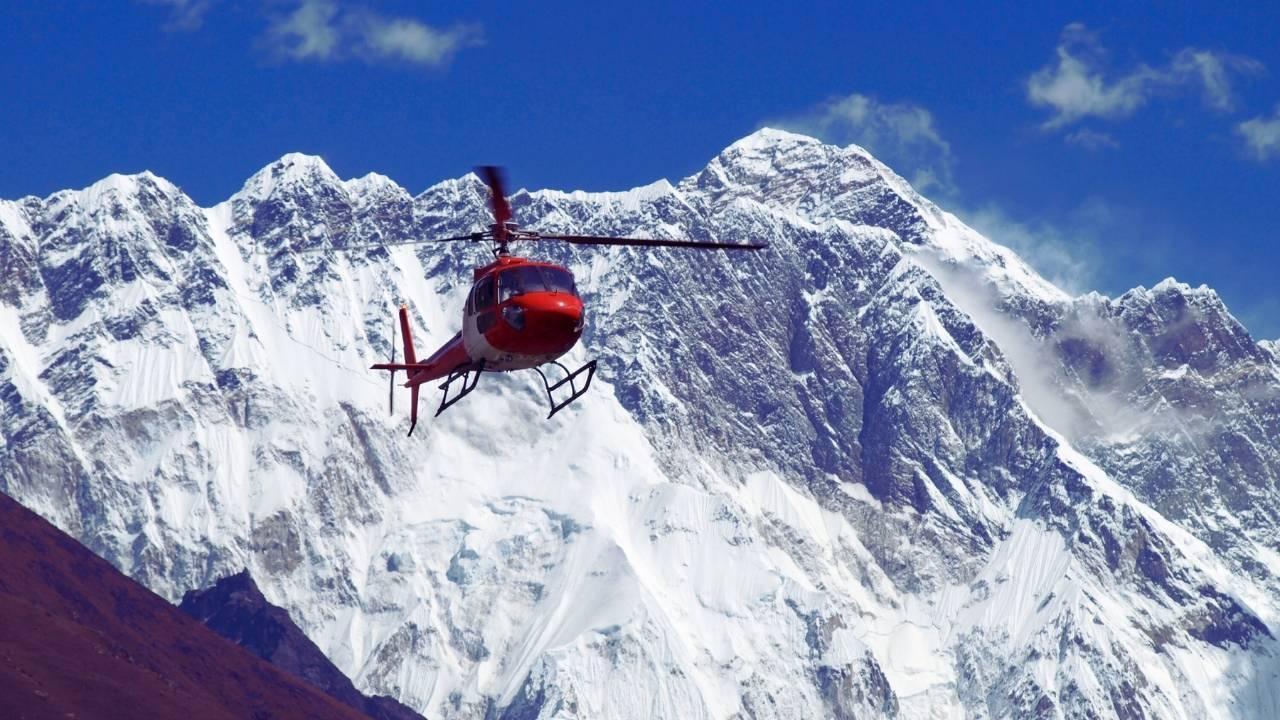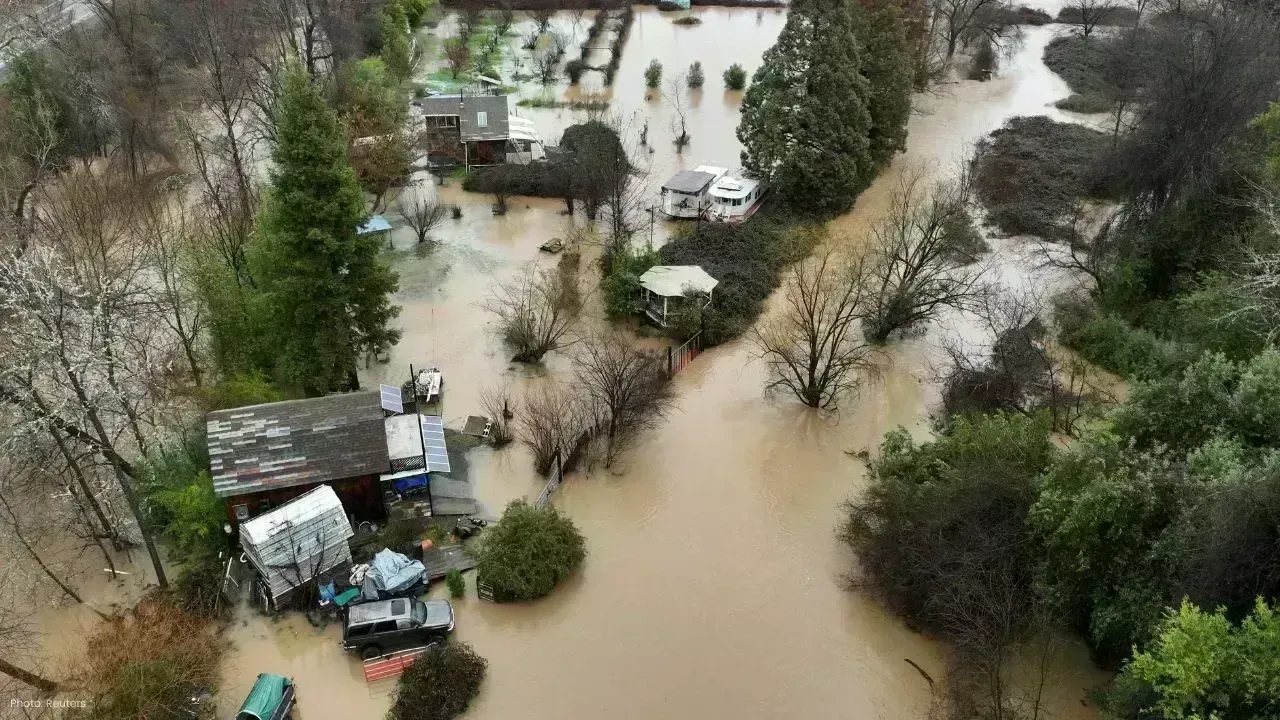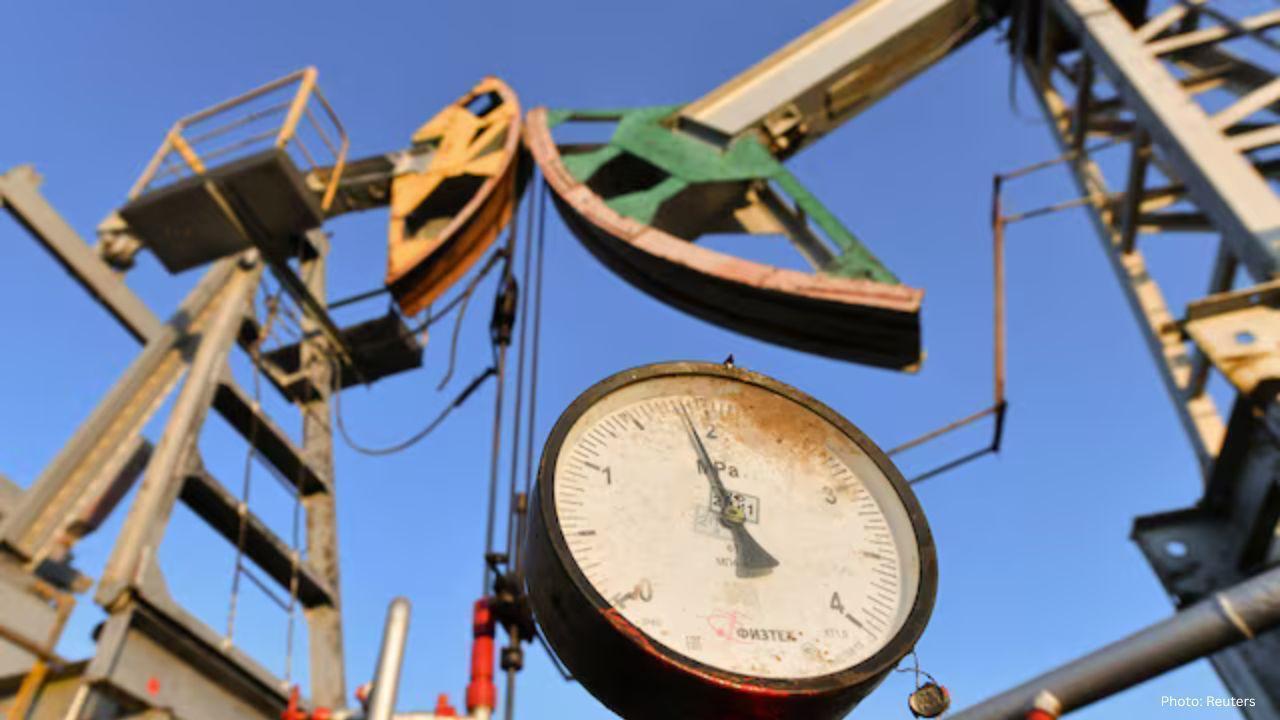You have not yet added any article to your bookmarks!

Join 10k+ people to get notified about new posts, news and tips.
Do not worry we don't spam!

Post by : Anis Farhan
Mount Everest, the world’s highest peak at 8,848 meters, has long captivated climbers, adventurers, and tourists seeking the ultimate challenge. Every year, thousands of mountaineers attempt the ascent, inspired by the allure of standing atop the world’s tallest mountain. However, in recent weeks, extreme weather conditions have disrupted expeditions, leading to unprecedented rescue missions. Nepalese authorities reported that dozens of climbers and trekkers had to be airlifted from high-altitude camps following sudden blizzards, avalanches, and heavy snowfall. These incidents have illuminated the profound impact that climate change and unpredictable weather patterns are having on high-altitude tourism.
The growing popularity of Everest expeditions has led to increased traffic on the mountain, intensifying the risks associated with mountaineering. Rescue operations under these conditions are extremely complex and hazardous, often requiring specialized helicopters, expert pilots, and skilled rescue personnel operating in life-threatening scenarios. The mountain’s extreme altitude, combined with subzero temperatures and treacherous terrain, transforms every emergency into a high-stakes mission.
Historically, Mount Everest has witnessed periods of calm weather interspersed with dangerous storms. However, climate scientists suggest that recent shifts in global weather patterns are increasing the frequency and severity of high-altitude storms, posing new challenges for climbers and local authorities alike. This makes preparation, timely intervention, and safety awareness more critical than ever before for mountaineers and adventure tourists.
Weather is one of the most critical determinants of mountaineering success and safety. Sudden blizzards, high-speed winds, and rapidly dropping temperatures can trap climbers unexpectedly, turning even experienced mountaineers into vulnerable targets of nature’s extremes. The recent surge in Everest rescue missions demonstrates that, regardless of skill level, climbers are highly susceptible to unpredictable mountain weather.
Meteorological data from the Himalayan region indicates that climate change is contributing to more volatile weather. Rapid temperature swings, unexpected storms, and glacial shifts are increasing the danger for expeditions. Experts warn that these changes can severely compromise climbers’ equipment, mobility, and overall survival chances. Additionally, melting glaciers and unstable snowpacks heighten the risk of avalanches and rockfalls, which can devastate even well-prepared expeditions.
In high-altitude environments, weather-related challenges extend beyond human endurance. Helicopter rescue operations face aerodynamic difficulties at extreme elevations, and visibility constraints can impede navigation, creating additional hazards for both rescuers and those being evacuated. The evolving climatic patterns on Everest are, therefore, not just a temporary inconvenience but a structural change in how high-altitude tourism must be managed.
Everest tourism contributes significantly to Nepal’s economy, generating revenue through climbing permits, guide services, porters, accommodation, and hospitality. It is estimated that mountaineering and trekking bring in millions of dollars annually, sustaining local communities in remote Himalayan regions. However, the increase in rescue missions highlights the fragility of high-altitude tourism, revealing both the human and financial costs of mismanaged expeditions.
Authorities are now considering more stringent regulations for climbers, including mandatory safety training, comprehensive health checks, and mandatory insurance coverage to offset the costs of emergency evacuations. While these measures may slightly limit tourist numbers, they enhance safety standards and reduce the economic and logistical burdens associated with frequent rescues. In addition, responsible tourism practices are essential to preserve the natural environment, which faces degradation due to climbing congestion and waste accumulation.
Local communities are deeply affected by these changes. Porters, guides, and small businesses rely heavily on seasonal mountaineering activity. Rescue operations not only pose financial strain on local authorities but also divert resources from the communities that depend on steady tourism income. By adopting stricter safety protocols and encouraging responsible climbing practices, Nepal can protect both human lives and its local economy.
Evacuating climbers from Mount Everest is an extraordinary logistical challenge. Helicopters must operate at extreme altitudes, often above 8,000 meters, where thin air reduces lift and rotor efficiency, and sudden gusts can destabilize aircraft. Ground teams frequently trek for hours over icy, steep terrain before reaching climbers in distress, sometimes facing crevasses, avalanches, and falling debris.
The physical and mental strain on rescue personnel is immense. They are exposed to frostbite, altitude sickness, and oxygen deprivation, while simultaneously ensuring the safety of climbers who may be weak, injured, or disoriented. Each operation requires meticulous coordination, specialized equipment, and real-time weather monitoring. Despite these dangers, Nepalese rescue teams have successfully executed numerous evacuations in recent weeks, demonstrating extraordinary professionalism, courage, and expertise.
Advances in technology have improved rescue capabilities. High-altitude helicopters with enhanced lift and stability, GPS tracking systems, and portable medical kits allow teams to operate more efficiently. Nevertheless, the inherent unpredictability of Everest’s weather means that even the most advanced systems cannot eliminate risk entirely, making human judgment, skill, and endurance critical factors in successful missions.
To mitigate accidents and fatalities, authorities now emphasize comprehensive safety measures for climbers:
Mandatory Guides and Sherpa Support: Experienced local guides reduce the likelihood of misjudgment, provide expertise in route navigation, and assist in emergencies.
Weather Monitoring: Climbers are required to follow real-time updates, adjusting ascent and descent plans according to changing conditions.
Emergency Gear: Oxygen tanks, GPS devices, satellite phones, and specialized cold-weather equipment are essential to survive harsh environments.
Physical Fitness and Acclimatization: Trekkers must undergo medical evaluations and proper acclimatization to prevent altitude-related illnesses such as HAPE (High Altitude Pulmonary Edema) and HACE (High Altitude Cerebral Edema).
Training and Awareness Programs: Pre-expedition workshops educate climbers on survival strategies, risk management, and environmental responsibility.
Implementing these protocols ensures that high-altitude tourism remains sustainable while minimizing life-threatening incidents. Responsible preparation not only safeguards climbers but also eases the burden on rescue teams and local authorities.
Mount Everest’s fragile ecosystem is highly sensitive to human activity. Increased traffic, waste accumulation, and unregulated trekking have contributed to environmental degradation over the years. Frequent rescue missions can further disturb local habitats, increasing pollution and strain on limited resources.
Sustainability practices are crucial for long-term tourism viability. Initiatives such as waste management programs, eco-friendly climbing policies, and limiting expedition permits help protect the environment. By enforcing these measures alongside safety protocols, Nepal ensures that future generations can enjoy mountaineering while preserving the mountain’s natural beauty.
Globally, countries with prominent mountain ranges are facing similar challenges. Regions in the Himalayas, the Alps, and the Andes have experienced increasing rescue missions due to climate variability, overcrowding, and inexperienced climbers. For instance, European mountaineering hubs have implemented stricter permit regulations, mandatory guide requirements, and emergency preparedness programs to enhance safety.
Nepal’s response, incorporating training, monitoring, and AI-assisted weather predictions, aligns with these global best practices. By adopting lessons from other high-altitude regions, the country can better manage risks while maintaining Everest as a premier adventure destination.
The recent surge in Everest rescue missions underscores a stark reality: climate change and human ambition are reshaping mountaineering. While Everest remains a bucket-list destination for adventure seekers, climbers, guides, and authorities must recognize the increasing dangers posed by extreme weather and overcrowding. Stricter safety measures, comprehensive awareness campaigns, responsible tourism practices, and sustainable environmental management are essential for preserving both human life and the mountain’s allure.
As global adventurers witness these challenges, Mount Everest serves as a powerful reminder of nature’s unpredictability, the importance of preparation, and the delicate balance between thrill-seeking and safety. By combining technology, training, and sustainable practices, high-altitude tourism can continue to thrive while minimizing risks.
This article is based on reports from Nepalese authorities and media updates as of October 2025. It is intended for informational purposes only and does not constitute guidance for mountaineering or travel. Readers are advised to consult official advisories, safety protocols, and professional guidance before planning high-altitude expeditions.










Thailand Defence Minister Joins Talks to End Deadly Border Clash
Thailand’s defence chief will join talks with Cambodia as border clashes stretch into a third week,

India Raises Alarm Over Fresh Attacks on Hindus in Bangladesh
India has condemned recent killings of Hindu men in Bangladesh, calling repeated attacks on minoriti

Sidharth Malhotra & Kiara Advani Celebrate Baby Saraayah’s 1st Christmas
Sidharth and Kiara share adorable moments of baby Saraayah’s first Christmas with festive décor and

South Korea Seeks 10-Year Jail Term for Former President Yoon Suk Yeol
South Korea’s special prosecutor demands 10 years for ex-President Yoon Suk Yeol on charges includin

Salman Khan’s Exclusive 60th Birthday Bash at Panvel Farmhouse
Salman Khan to celebrate his 60th birthday privately at Panvel farmhouse with family, friends, and a

Dhurandhar Breaks Records with Rs 1006 Cr, Becomes Bollywood’s Biggest Hit
Dhurandhar rakes in over Rs 1006 crore worldwide in 21 days, becoming Bollywood’s highest-grossing f